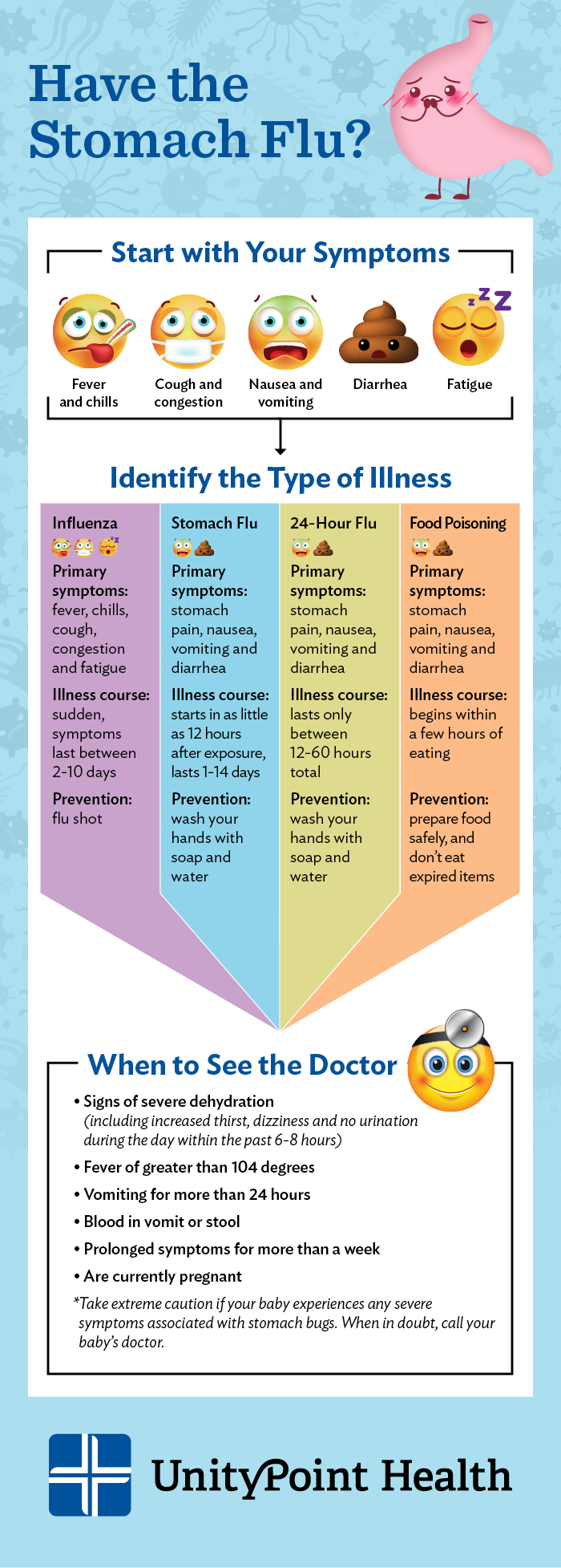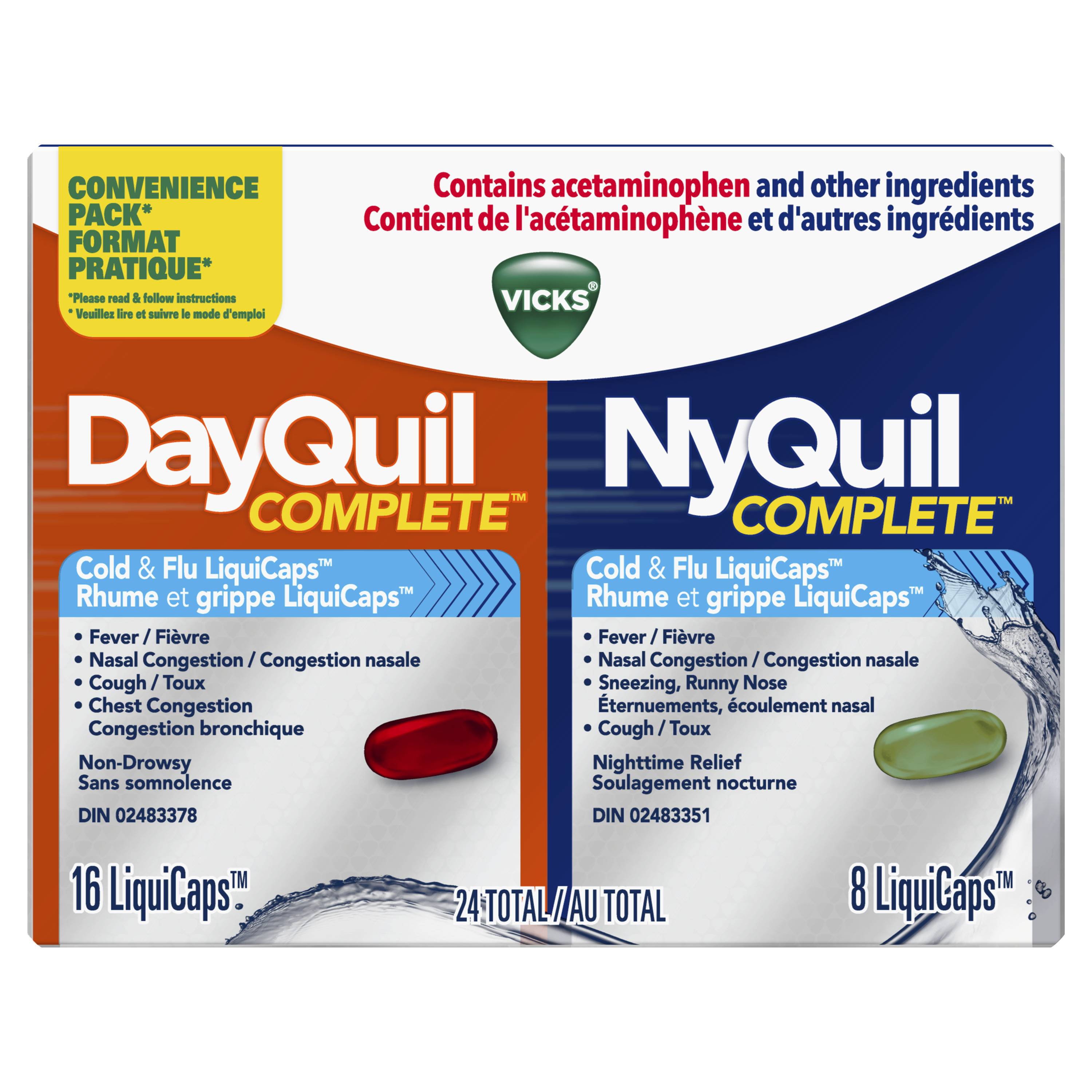
When it comes to cold and flu remedies for kids, there are a number of options. There are many home remedies that can be used to treat stuffy nasal passages. These include gargling with salt water and Nasal saline drops. Vitamin C can also be used. Cigarette smoking should be avoided. A doctor may be needed if the symptoms do not disappear after three days. A child's lifestyle can play a role in triggering symptoms such as a cold or flu.
Home remedies to a stuffy, stuffy nose
A home remedy for cold or flu for kids is a great option for children suffering from stuffy noses. Although you can use over-the counter cough medicine, it may not be effective for children under three years old. It may worsen the condition by drying out their nasal passages. Your child should be encouraged to drink plenty water. This will help keep their nasal tissues moisturized. You can also make 100% fruit popsicles or purchase them from the grocery store. Your child may enjoy these more than water, so you should be sure to avoid products with caffeine.
Gargling with saltwater
For centuries, salt water gargling has been practiced. An analysis of 400 people revealed that salt water gargling resulted in 40% fewer upper respiratory tract infections. Gargling salt water with saline pulls fluid from inflamed tissue, which causes mucus to be loosen and flushes out other irritants. According to the Mayo Clinic, gargling with saltwater should be performed for approximately three seconds.

Nasal saline drops
Congestion in the nose is common for children who have respiratory infections or are suffering from common cold symptoms. Nasal saline sprays and drops can relieve this congestion. These remedies can ease congestion by thinning the mucus and decreasing swelling. Pediatricians recommend them for infants as well as children because they don't contain medications. Continue reading to find out how to apply these drops on your child's nose.
Vitamin C
While vitamin C has long been touted as a good cure for the common cold, there is currently little evidence to support its use as a therapeutic treatment. While a prophylactic dose of vitamin C, as a preventive measure, might be effective in reducing cold symptoms, the benefits for children are not clear. It is necessary to research the optimal dosage and timing of supplementation. Children are more likely to experience the benefits of prophylactic vitamin A than children who receive therapeutic doses.
Echinacea
Parents who are looking for natural cold and flu remedies for their kids have an excellent choice in the herb Echinacea. This perennial flowering plant is also known as coneflower and has brightly colored blossoms around a spiky seedhead, which can be red or violet. There are many species of Echinacea and their medicinal properties may vary. This herb has a complex combination of active compounds including phenols which control enzymes.

FAQ
How can I live my best everyday life?
Find out what makes YOU happy. This is the first step in living a life that you love. Once you've identified what makes your happy, you can start to work backwards. Asking other people how they live their best lives every day is also a good idea.
You can also check out books like "How to Live Your Best Life" from Dr. Wayne Dyer. He talks about finding happiness and fulfillment in all aspects of our lives.
How can I control my blood pressure?
You must first determine the cause of high blood pressure. Next, take steps that will reduce the risk. This could include eating less salt, losing weight if necessary, taking medication, etc.
Make sure you're getting enough exercise. If you don't have time for regular exercise, then try walking as often as possible.
Consider joining a gym if your current exercise regimen is not satisfying you. It's likely that you will want to join a gym with other people who are working towards the same goals as you. You will find it easier to keep to a workout schedule if you have someone to watch you at the gym.
Which diet is best for me?
Many factors influence which diet is best for you. These include your age, gender and weight. Also, consider your energy expenditure, whether you prefer low-calorie food, and whether you enjoy eating fruits or vegetables.
Intermittent fasting is a good option if you're trying to lose weight. Intermittent fasting is a way to eat only certain meals during the day instead of three large meals. This approach may prove to be more beneficial than traditional diets that have daily calorie counts.
Some studies suggest that intermittent fasting may improve insulin sensitivity and reduce inflammation, which can lead to improved blood sugar levels and reduced risk of diabetes. Research suggests that intermittent fasting can promote fat loss and improve overall body composition.
What is the difference in a virus and bacteria?
A virus is a microscopic organism that cannot reproduce outside its host cell. A bacterium (or single-celled organism) reproduces by splitting itself into two. Viruses are very small (about 20 nanometers) while bacteria are larger (up to 1 micron).
Viruses spread easily through contact with infected bodily tissues, such as saliva and urine, semen, vaginal secretions or pus. Bacteria are usually spread through direct contact with contaminated objects or surfaces.
Viruses can enter our bodies through cuts, scrapes, bites, or other breaks in the skin. They can also be transmitted through the eyes, nose, mouth, ears, rectum, and anus.
Bacteria can enter our bodies through wounds, cuts, scrapes, burns, insect stings, or other breaks in our skin. They may also come into our bodies through food, water, air, soil, dust, or animals.
Both bacteria as well as viruses can cause illness. Viruses can not multiply within the host. Viral infections can only cause diseases in living cells.
Bacteria can spread within the host and cause illness. They can even invade other parts of the body. That's why we need antibiotics to kill them.
What is the most healthful lifestyle?
The healthiest lifestyle to live is one where you eat healthy food, exercise regularly, sleep well, and avoid stress. These guidelines will help you live a long, healthy life.
It's easy to start small with your exercise and diet. You can lose weight by walking 30 minutes each day if you are looking to lose weight. For more activity, you can try swimming or dancing. You can also sign up for an online fitness program, such as Strava and Fitbit. This will track your activity.
Is cold an indication of a weaker immune system?
According to some, there are two types: people who love winter or those who hate it. You may wonder why you feel so bad when it's cold, regardless of whether you love it or hate it.
The fact is that our bodies are designed for warmth and function best. We evolved to thrive in hot environments because of the abundance of food resources.
However, our environment is quite different than that of our ancestors. We spend more time indoors, are exposed to extreme temperatures (cold/heat), and eat processed food rather than fresh.
Our bodies don't have the ability to tolerate extremes. When we do venture out, our bodies are unable to cope with the extremes.
There are ways to combat these effects though. Staying hydrated is one way to combat this. Hydration is key to keeping your body well hydrated, flushing out toxins and keeping your system healthy.
A healthy diet is another important thing. Eating nutritious foods helps your body maintain its optimal temperature. This is particularly helpful for anyone who spends long periods of time inside.
Consider taking a few moments each morning to meditate. Meditation can help you relax your mind, body and soul. This makes it easier to manage stress and illnesses.
These are the 7 secrets to a healthy life.
-
You should eat right
-
Exercise regularly
-
Sleep well
-
Get plenty of water.
-
Get enough sleep
-
Be happy
-
Smile often
Statistics
- According to the 2020 Dietary Guidelines for Americans, a balanced diet high in fruits and vegetables, lean protein, low-fat dairy and whole grains is needed for optimal energy. (mayoclinichealthsystem.org)
- In both adults and children, the intake of free sugars should be reduced to less than 10% of total energy intake. (who.int)
- WHO recommends consuming less than 5% of total energy intake for additional health benefits. (who.int)
- WHO recommends reducing saturated fats to less than 10% of total energy intake; reducing trans-fats to less than 1% of total energy intake; and replacing both saturated fats and trans-fats to unsaturated fats. (who.int)
External Links
How To
What does the term "vitamins" mean?
Vitamins are organic substances found naturally in food. Vitamins help us absorb nutrients from foods we eat. Vitamins cannot be produced by the body. They must be acquired from food.
There are two types: water-soluble and fat-soluble vitamins. Water-soluble vitamins dissolve readily in water. These include vitamin C (thiamine), Vitamin B1 (riboflavin), Vitamin B2 (riboflavin), Vitamin B3 (niacin), Vitamin B6 (pyridoxine), Vitamin C, B1 (thiamine), Vitamin B2 (riboflavin), Vitamin B3 (niacin), and Vitamin B6 (pyridoxine). The liver and fatty tissues are home to fat-soluble vitamins. These include vitamin D, E and K, as well as beta carotene.
Vitamins can be classified by their biological activity. There are eight major categories of vitamins.
-
A - Vital for normal growth and maintaining good health.
-
C – essential for proper nerve function.
-
D - Essential for healthy teeth and bones.
-
E - Required for good vision & reproduction
-
K – Required for healthy nerves & muscles.
-
P - Vital for strong bones and teeth.
-
Q - aids digestion, absorption and absorption iron
-
R - necessary for making red blood cells.
The recommended daily intake (RDA), of vitamins varies with age, gender and physical condition. The U.S. Food and Drug Administration sets RDA values.
For example, the RDA for vitamin A is 400 micrograms per dayfor adults 19 years or older. Pregnant women require 600 micrograms daily to support fetal development. Children ages 1-8 require 900 micrograms per day. Children under 1 year old require 700 micrograms daily, while infants over one year old need 500 micrograms every day. This decreases between 9 and 12 months.
Children aged 1-18 years need 800 micrograms daily, while children overweight require 1000 micrograms per days. Children who are severely obese or underweight will need 1200 micrograms each day.
Children 4-8 years old who have anemia must consume 2200 micrograms of Vitamin C daily.
2000 micrograms per person is necessary for general health. Women who are pregnant or breastfeeding need 3000 micrograms per day due to increased nutrient requirements.
1500 micrograms is the recommended daily intake for adults aged 70+, who lose approximately 10% of muscle each year.
Women who are pregnant or nursing need more than the RDA. Pregnant and breastfeeding women require 4000 micrograms each day during pregnancy and 2500 Micrograms each day after delivery. Breastfeeding mothers need 5000 micrograms per day when breast milk is being produced.